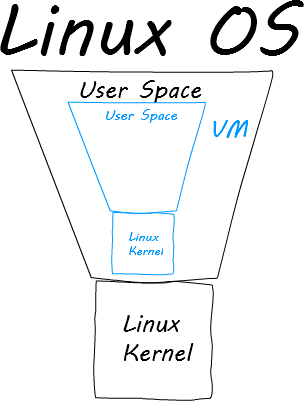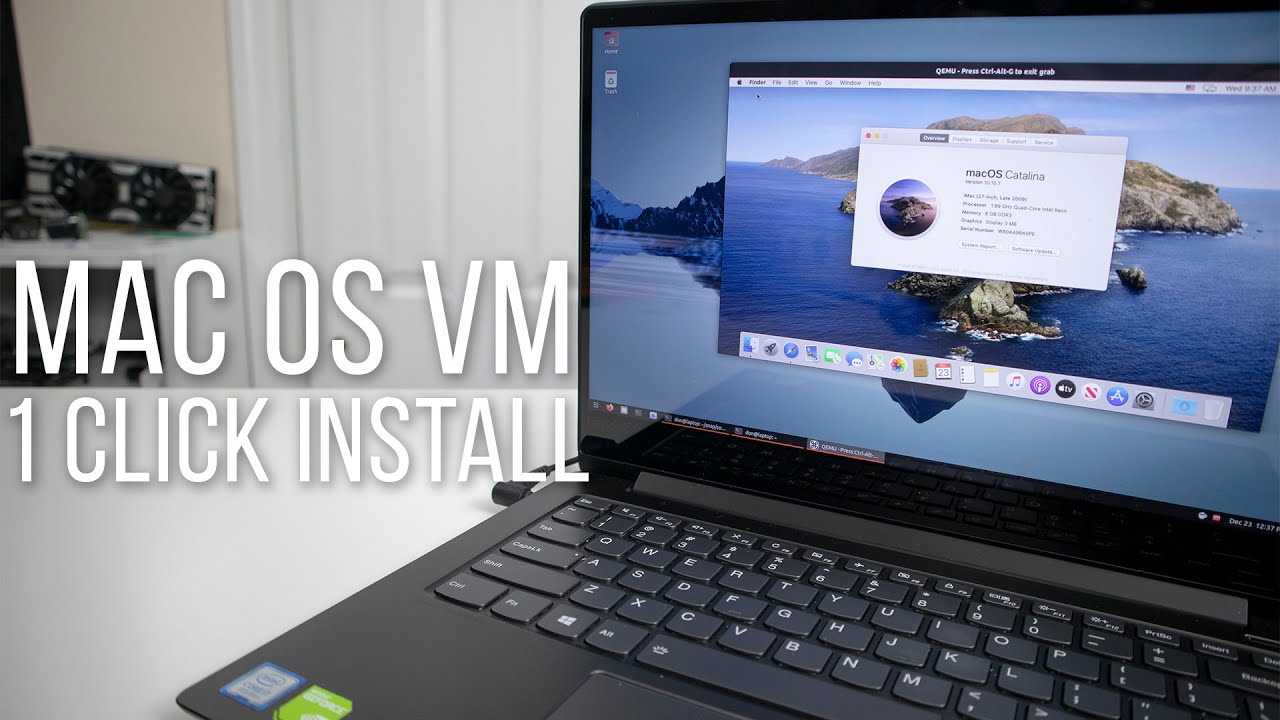

The best things about Parallels Desktop for those interested in trying out Linux is that it includes free distributions for Ubuntu, Fedora, CentOS, and Debian GNU/Linux (a Linux-like OS that uses the Linux kernel). Parallels is an extremely popular VM environment for Mac, available from for just $79.95. Probably the easiest way to set up Linux on a Mac is to create a virtual machine (VM) in Parallels Desktop. Today, we’ll look at two ways that you can quickly install and run Linux on a Mac. There’s still a lot of interest in Linux in the IT and scientific communities, and it’s a popular OS to learn more about. Early on in the Linux timeline, it was thought that the operating system would be popular for home and educational use instead, those areas have been dominated by macOS, Windows, and more recently ChromeOS on Chromebooks. Many servers operate on Linux, which is probably its primary use case. Linux is an open-source Unix-like operating system that has been available in one form or another since 1991. Otherwise, it's the same wherever you get it from.Tux the penguin, the official mascot of Linux UTM is free and open-source, but the paid version in the Mac App Store provides automatic updates and helps support development. Under its skin is QEMU, a very old but still very good tool. UTM is another virtualization tool worth looking at, and it offers something the others currently do not. The icing on the cake is the Coherence mode, allowing you to run Linux apps outside the main Parallels window, almost as if they were native Apple Silicon Mac apps. Again, you'll be requiring Linux distros with ARM builds, but Parallels makes it super simple to download and install them.

You're looking at $100 for a perpetual license, but it works really well and it's easy to use.

Alternatively, using the Virtualization Framework are more consumer-friendly tools from the likes of Parallels, UTM, and VMWare.Īlternatively, you can go for Parallels, but this one will cost you, and it isn't cheap. But some of the biggest names are available for ARM, including Ubuntu and Debian. The caveat remains that you have to use an ARM-friendly Linux distribution (or "distro"), so that could rule out your favorite.


 0 kommentar(er)
0 kommentar(er)
